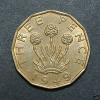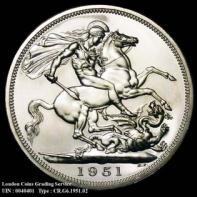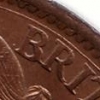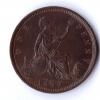I only update the values in my database every few years - in fact, the last time was using Spink 2012. I just picked up Spink 2018 for a reasonable price; having an interest in the history of values, I input all values listed in Spink for each coin, not just for the grade I currently own. This is useful when I upgrade coins, for example.
But I was in for a shock this time. Very occasionally, even an UNC value has gone down in 6 years, but generally these have increased, sometimes substantially. EF gains are much more modest, if at all. VF is often static, but often too, the values have gone down. But in F, virtually nothing except the highest rarities have shown any increase, but mostly prices have fallen. To give examples, F bun pennies which were £4 or £5 in 2012 had fallen to £2 by 2018. Yet a not unusual bun penny goes from £2 in F to £700 in BU! That's 350 times. However, it's probably true to say that buns before 1883 are at least 350 times as hard to find in BU as in F.
The lesson is clear: if all you can afford is a date run in F ... DON'T! At least, not unless you are in it purely for the fun and you don't give a fig about values. The perennial dictum about "buy the highest grade you can afford" has never been more true than now. Fewer coins but in higher grades will do better (and be nicer to look at IMO) than a whole load in F.
The market now wants the rarest coins and / or the top grades. Everything else is starting to fall by the wayside.
 Coinpublications.com
Coinpublications.com





